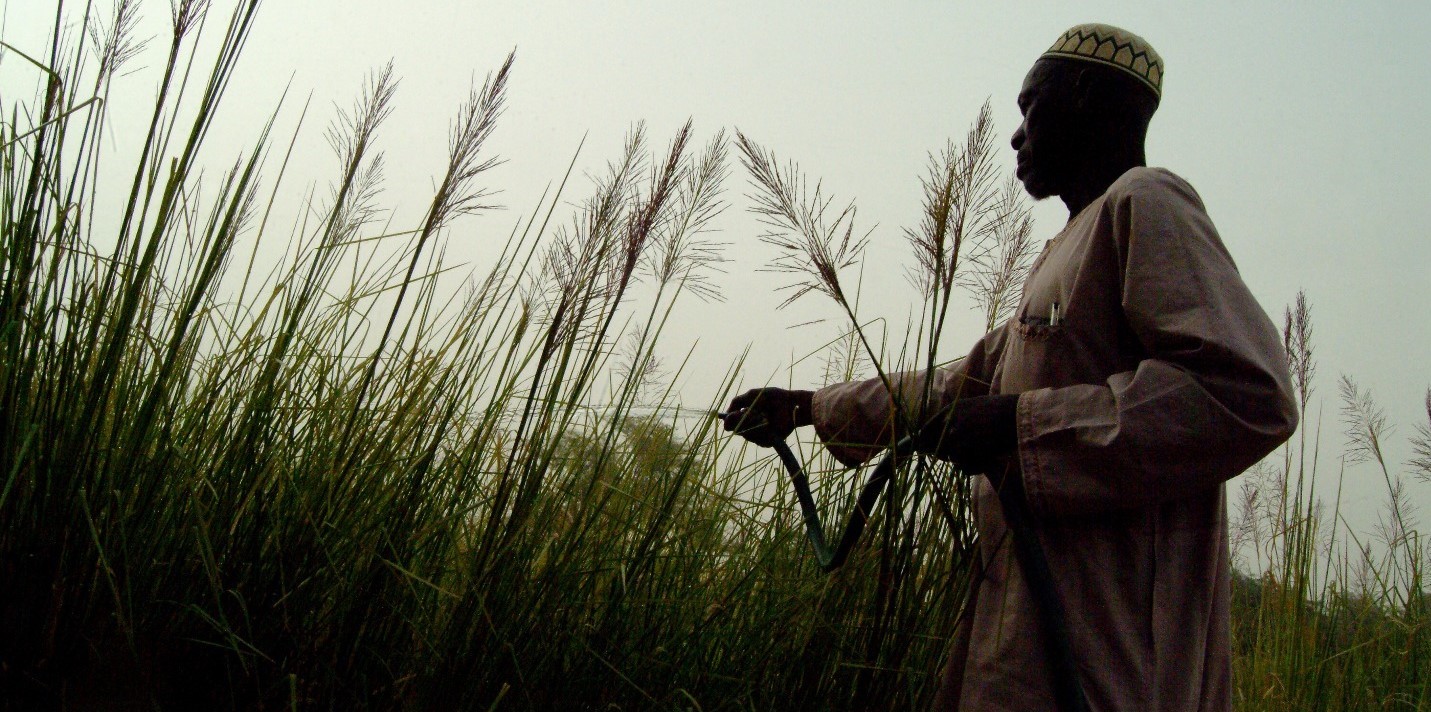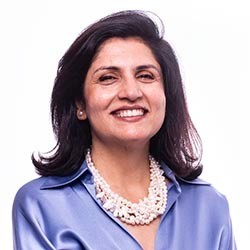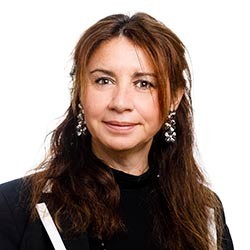Building a Great Green Wall: Four lessons learned from the World Bank assessment
IFAD Asset Request Portlet
Asset Publisher
Building a Great Green Wall: Four lessons learned from the World Bank assessment
Estimated reading time: 4 minutes
The Sahel region faces significant challenges, including chronic hunger, instability, and vulnerability caused by changes in climate, but it is also a land of opportunity. It is rich in primary commodities (especially cashews, maize, coffee and dairy), and there is great potential for renewable energies.
Seizing these opportunities and helping the people of the Sahel prosper requires nothing less than a Great Green Wall – a chain of greenery draped across Africa from coast to coast. This “wall,” and the resources it provides, can help tackle hunger and poverty, build resilience to climate change, and create job opportunities today and for generations to come.
Between 2002 and 2013, the World Bank implemented a Great Green Wall (GGW) project across 12 African countries. The project, representing an investment of US$1.2 billion, aimed to enhance sustainable land and water use management practices (SLWM) to, in turn, improve livelihood and environmental outcomes in West African and Sahelian countries. The project took a landscape approach, tailoring and targeting its interventions to the many different landscapes in this vast region and the highly diverse communities who live there. The project exceeded all expectations, implementing SLWM practices across 1.6 billion hectares of land and reaching over 19 million people.
IFAD is embarking on a Great Green Wall project of its own. As we prepare to take our first steps, we began wondering: what can we learn from the World Bank’s experiences?
We recently held a webinar with the World Bank where experts from across the two agencies shared their best practices and posed questions. We’ve identified four key lessons in what they shared:
- Avoid mission drift.
The World Bank project successfully implemented SLWM practices across 1.6 billion hectares of land. However, it found that SLWM practices don’t always lead to improved livelihood outcomes. For example, the World Bank’s independent evaluators shared that in Burkina Faso and Niger, project participants’ livelihood outcomes were linked to improved access to rural infrastructure such as roads, not to SLWM interventions.
This suggests that our projects should maintain a focus on interlinked activities. We should further keep in mind that interconnected project activities can generate larger impacts than those that are unrelated, and we should continually revisit whether ecological interventions are being implemented in the right landscape and leading to improved outcomes.
- Go modular.
The Sahel is made up of many different cultures and other groups – pastoralists, small-scale farmers, young people, women – that each need different kinds of support. GGW projects should take these complexities and varying needs into account to make sure they can reach those most in need of assistance.
For example, some of the World Bank initiatives ran cash-for-work programmes to create employment opportunities through restoring natural landscapes. But some women whose husbands were away on long-term work projects of their own weren’t able to participate because, according to their culture, they needed their husband’s agreement to begin working outside the home. Similarly, credit programmes require consideration of any local religious norms that dictate how income is spent.
Nuances and complexities like these need to be built into project delivery to ensure initiatives will work for the people and the lands they’re designed to address. This requires creating modular structures that can both embrace local realities and remain coordinated across large geographic regions. (See also lesson 4 below.)
- Invest in win-win data collection.
The World Bank project trialled new project indicators and data collection methods to measure the impacts of various SLWM interventions. One of these indicators, for example, assessed the change in vegetation in target areas as well as the change in carbon accumulation rates in biomass and soil. To measure these indicators, new tools were required, including GIS monitoring and the Normalized Difference Vegetation Index.
However, the adoption of new tools takes time, and assessing the results requires continuous monitoring. In some cases, teams discounted the use of these tools because they were presented as ways to measure overall impact, which usually occurs at the end of a project cycle. Additionally, data on natural resources and impacts are more time-consuming to gather than social or people-centred data.
To make sure data collection is a win for both project teams and evaluators, it is important to build buy-in through capacity-building at the time new tools are introduced. New tools should also be brought in as early as possible, and their use and relevance for implementation should be demonstrated in real time.
- Build partnerships.
World Bank experts noted that national governments often act as key interlocutors in multi-country programmes such as the GGW. Local government actors are often overlooked, but they are key to reaching project participants such as small-scale farmers. The World Bank project also highlighted the importance of collaborating with regional institutions and partners, including the Permanent Interstate Committee for Drought Control in the Sahel (CILSS) and the Sahara and Sahel Observatory (OSS).
As the World Bank’s experience has shown, a decentralized approach to programme governance can foster collaboration and, crucially, help build connections with local governments and municipalities. Such an approach can also help identify and mitigate risks, such as the politics associated with local land tenure matters.
Publication date: 13 September 2021
